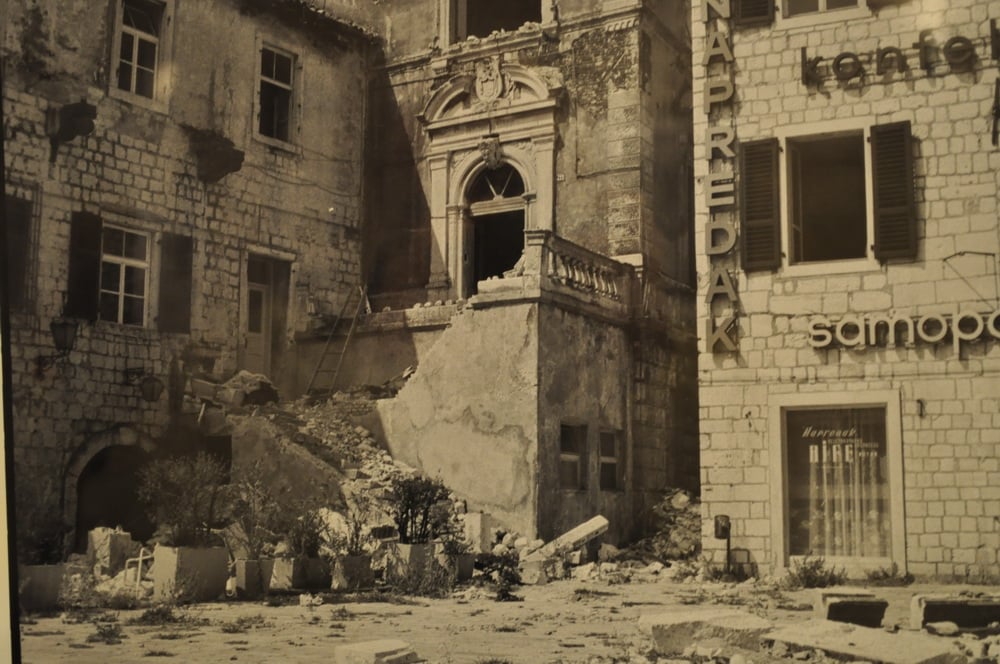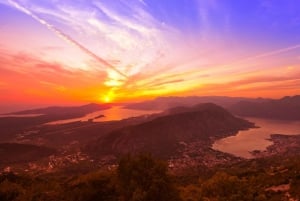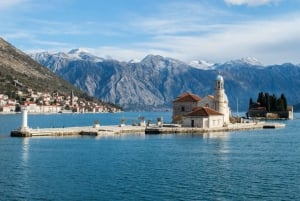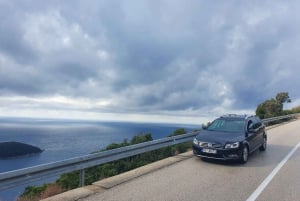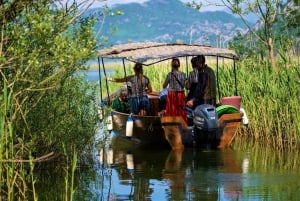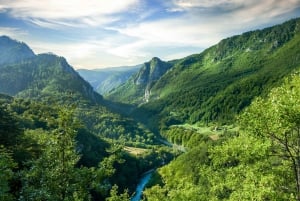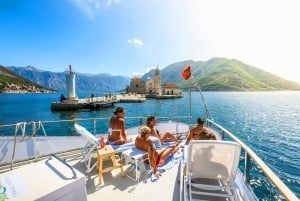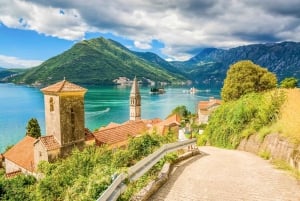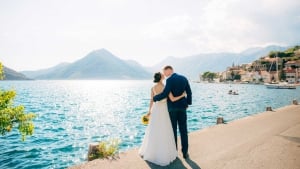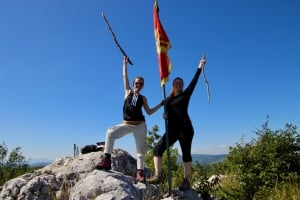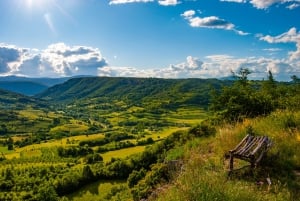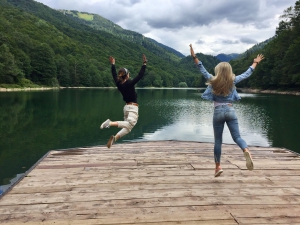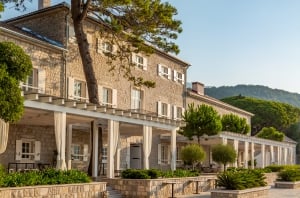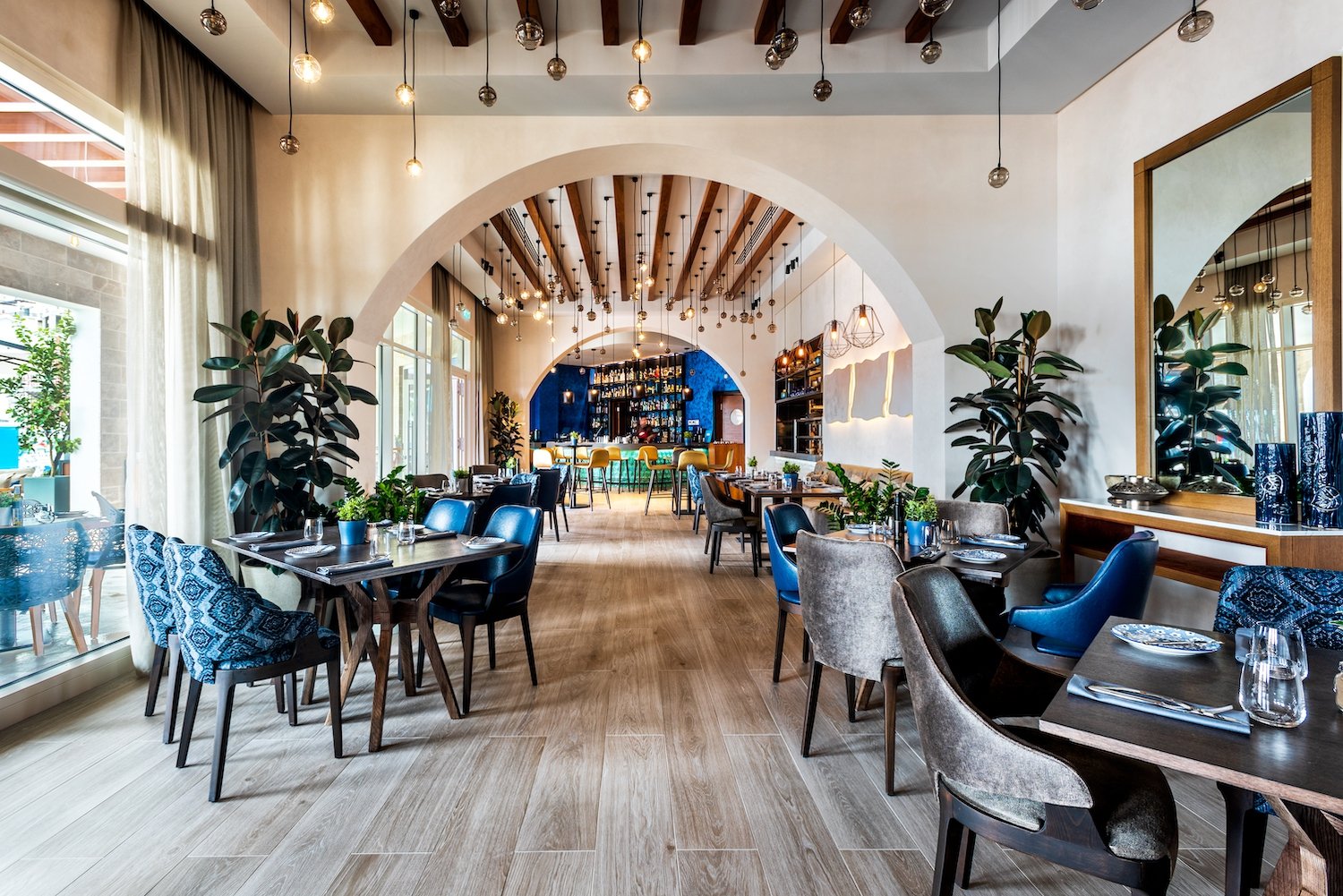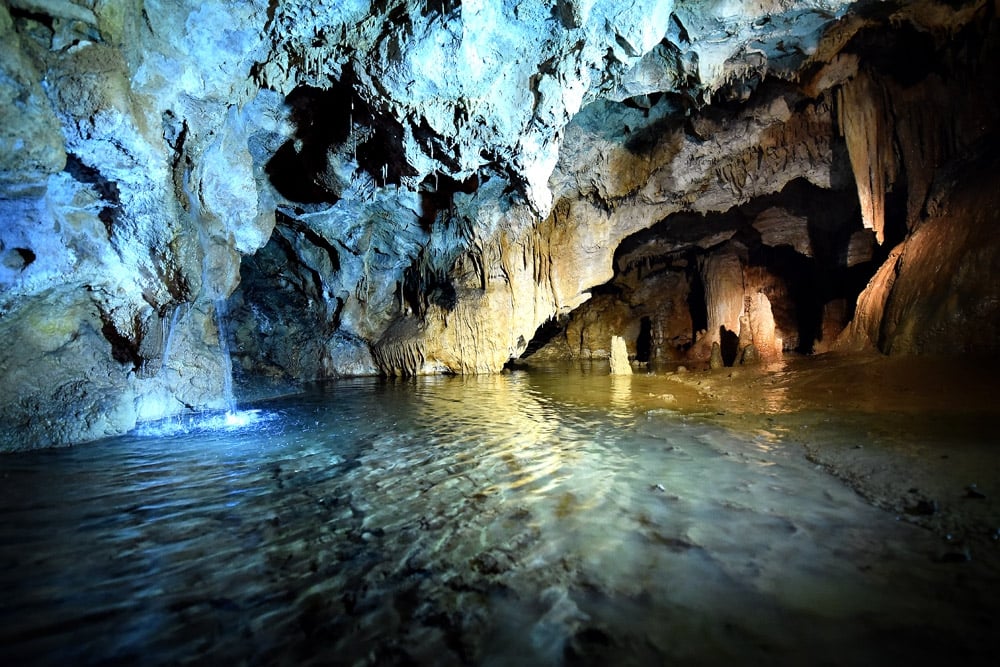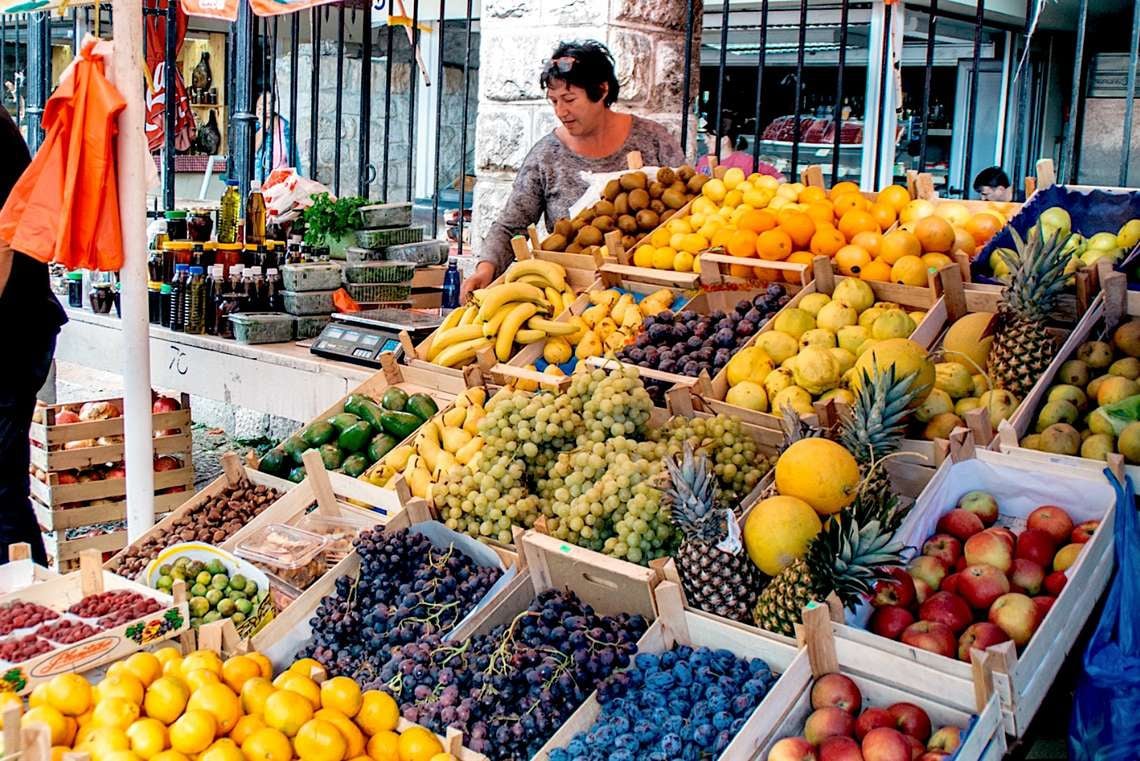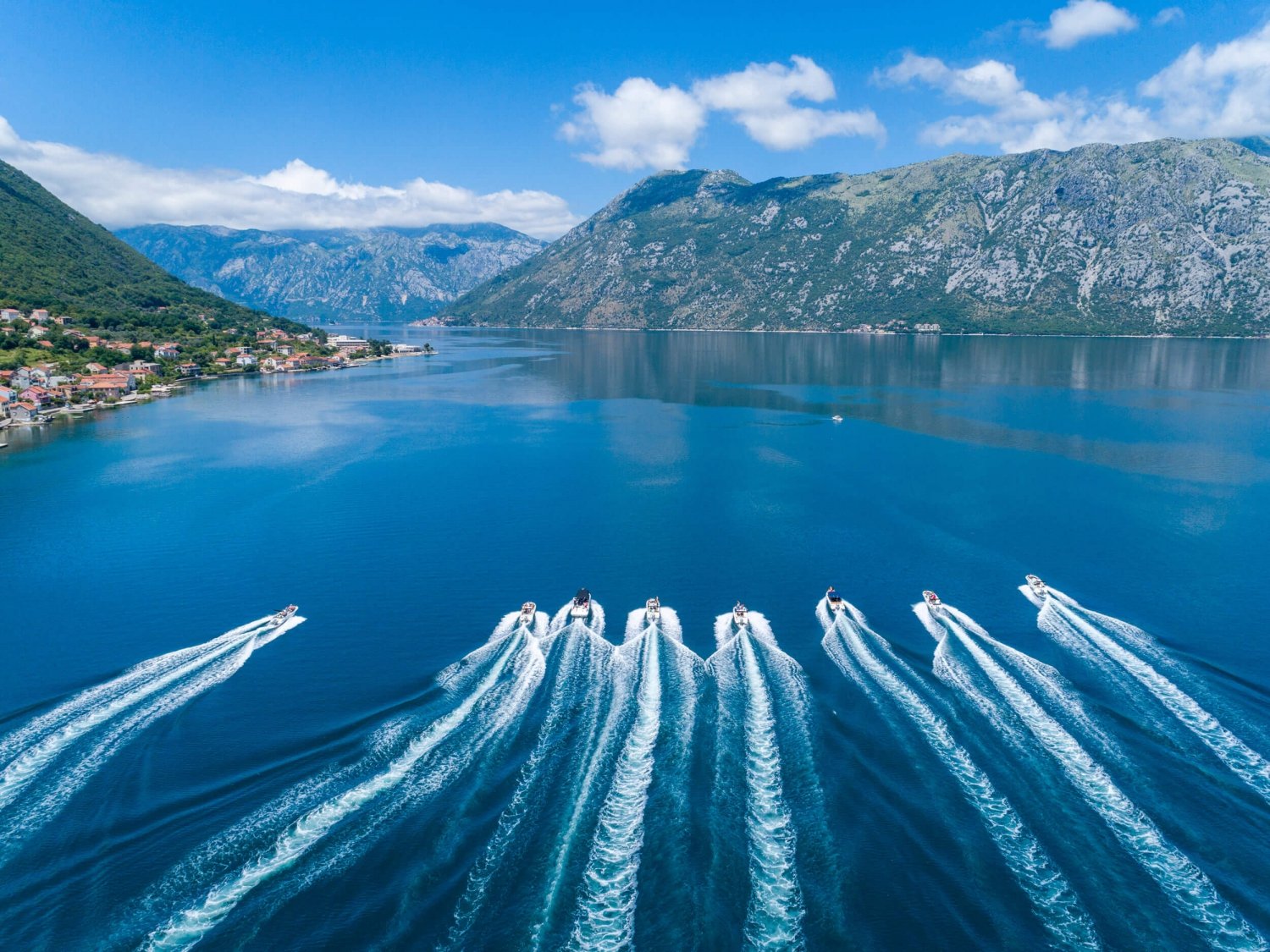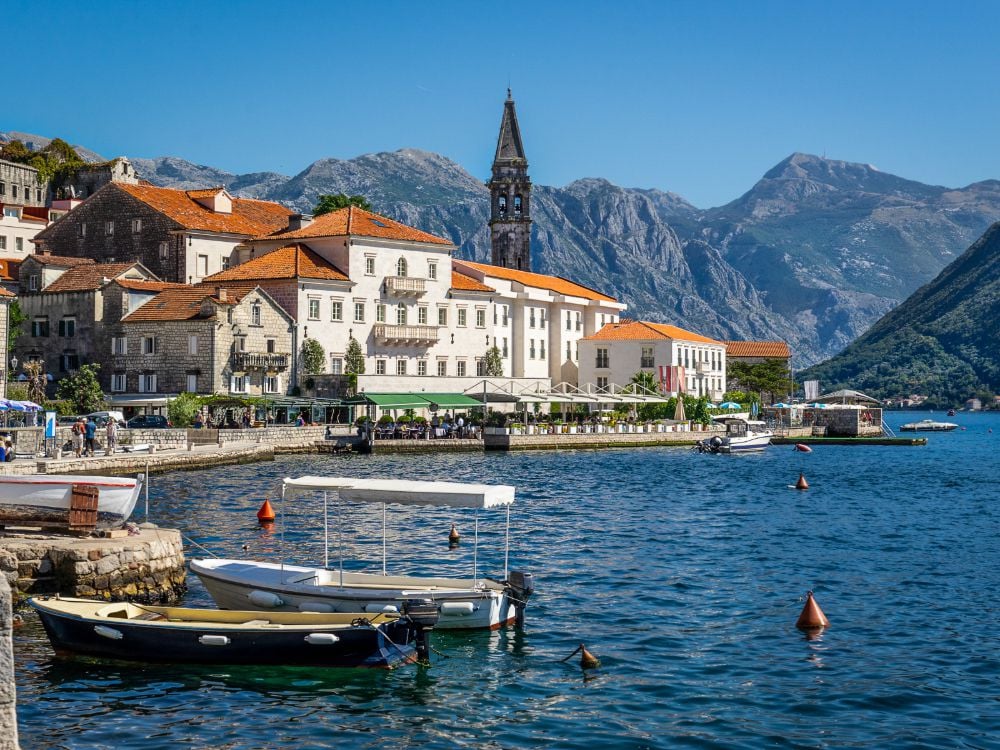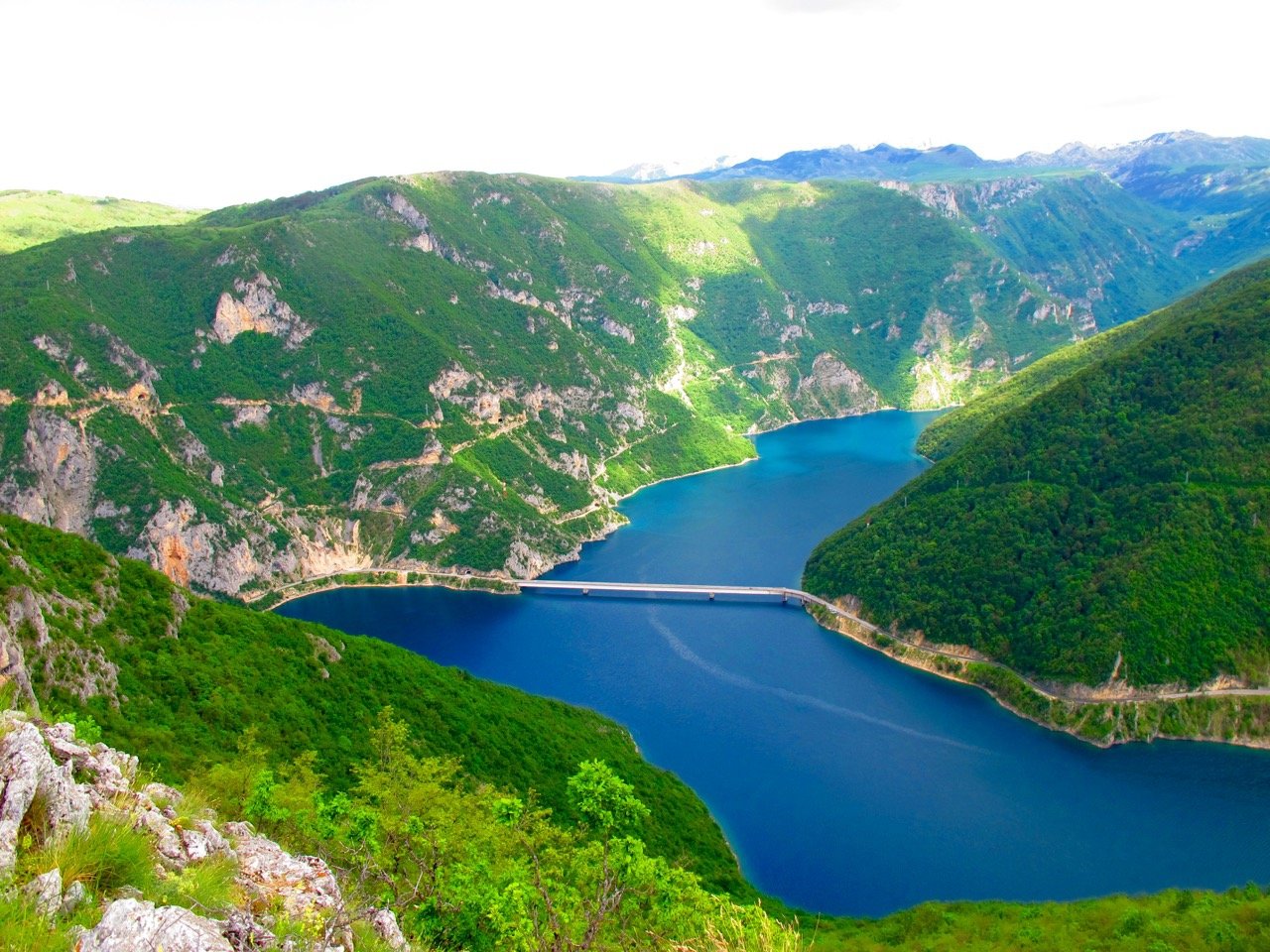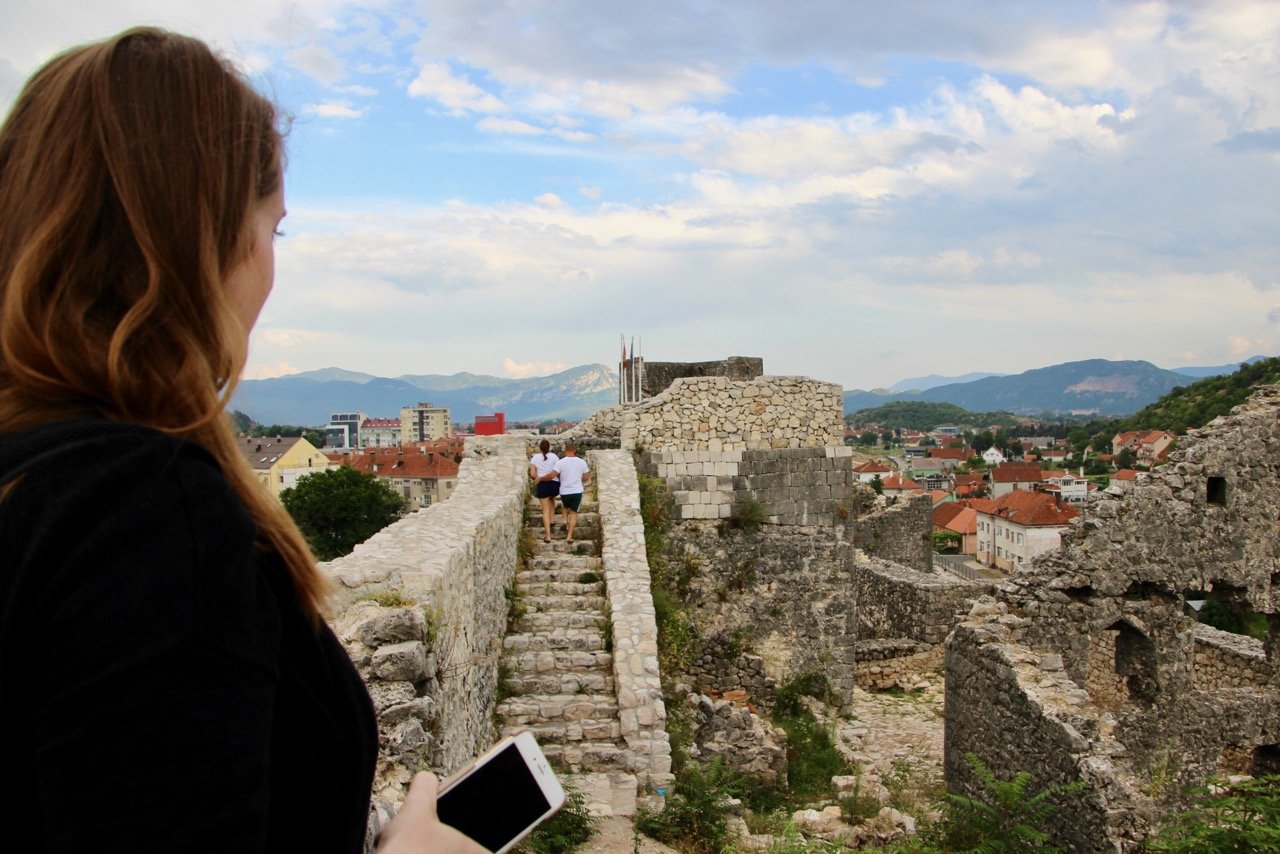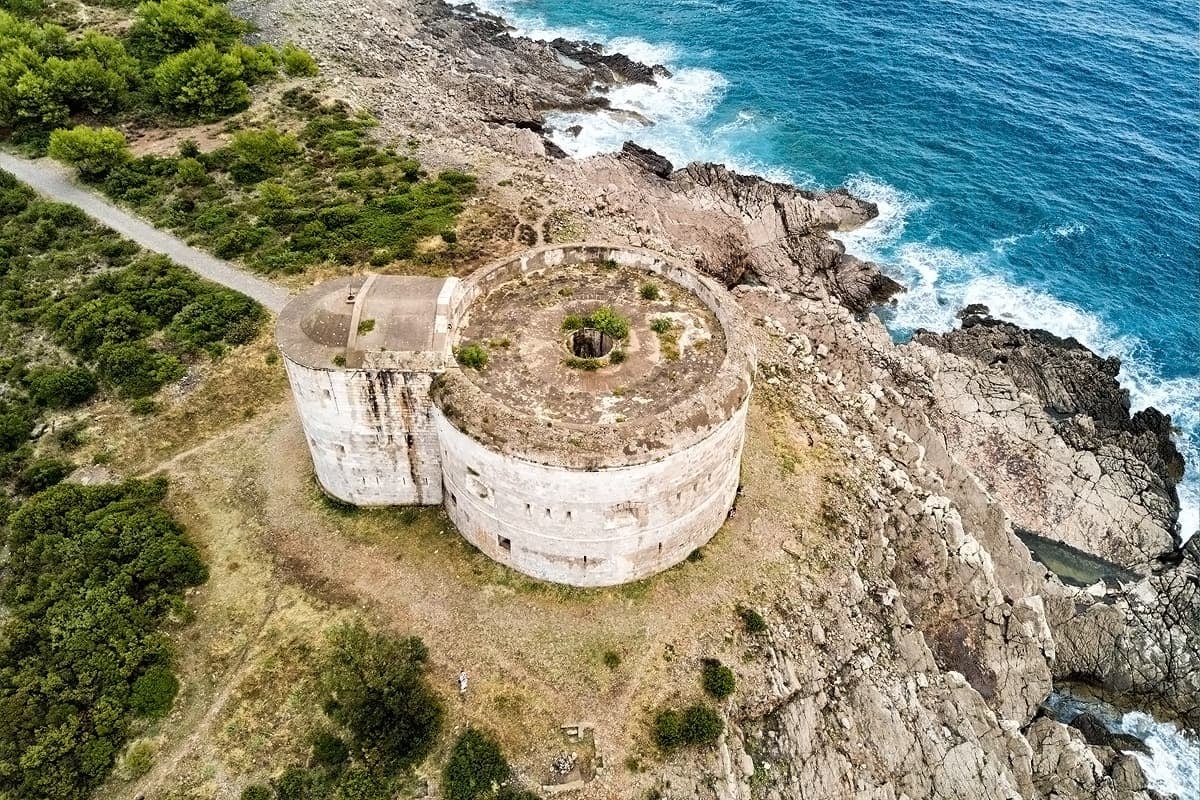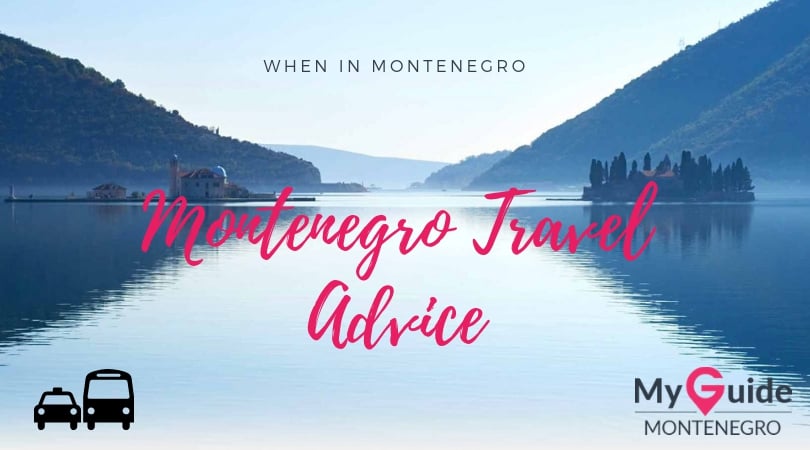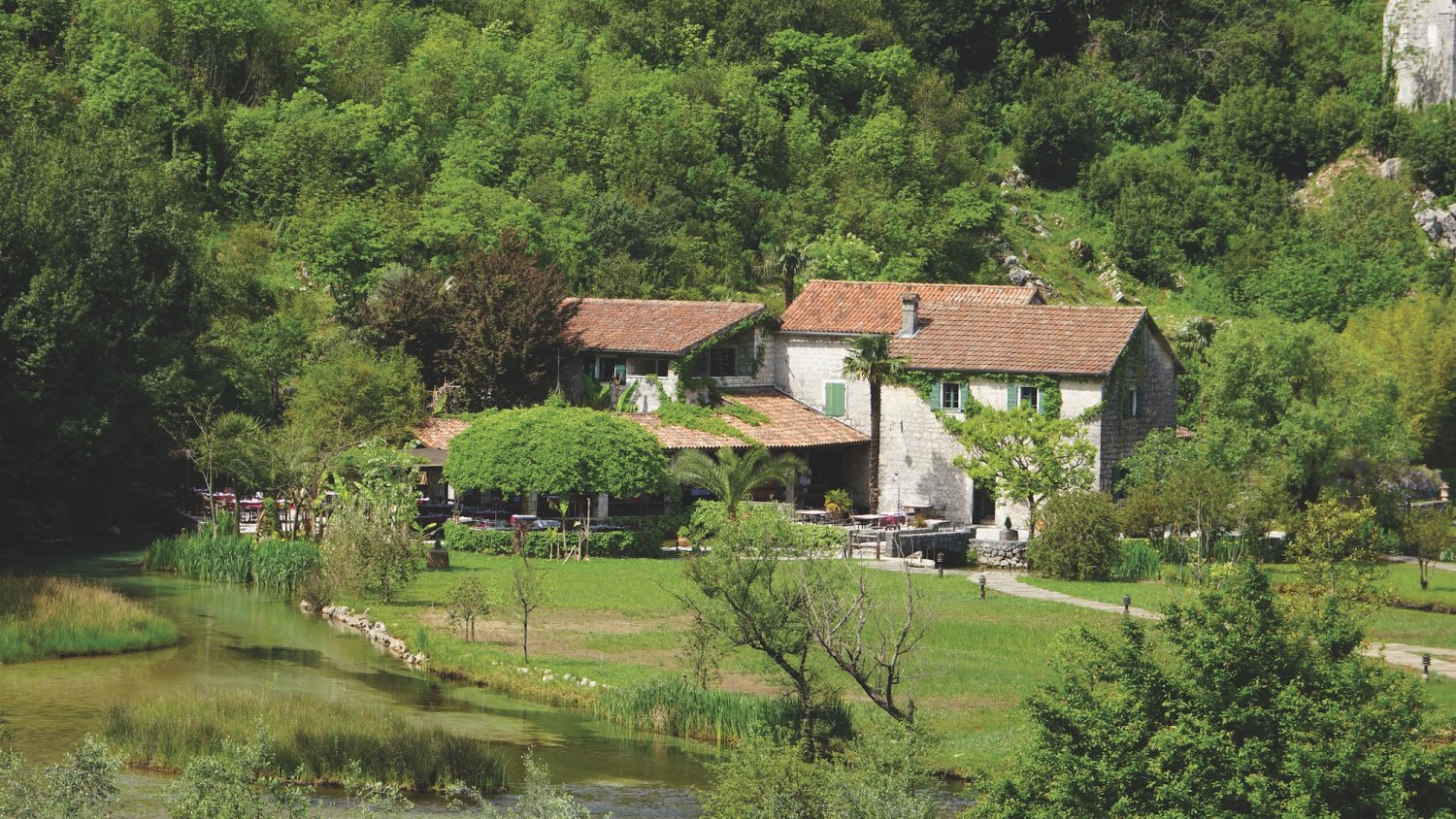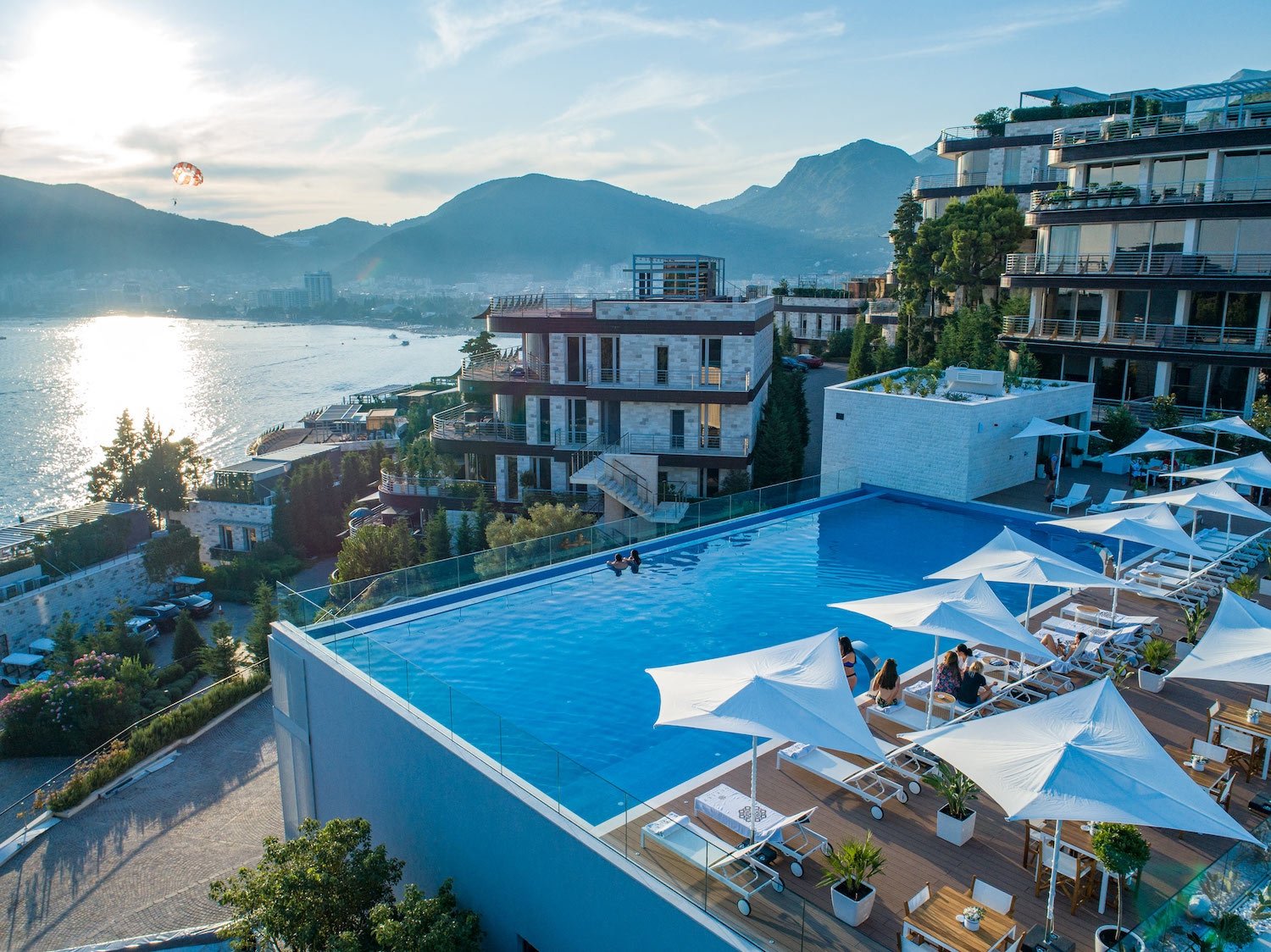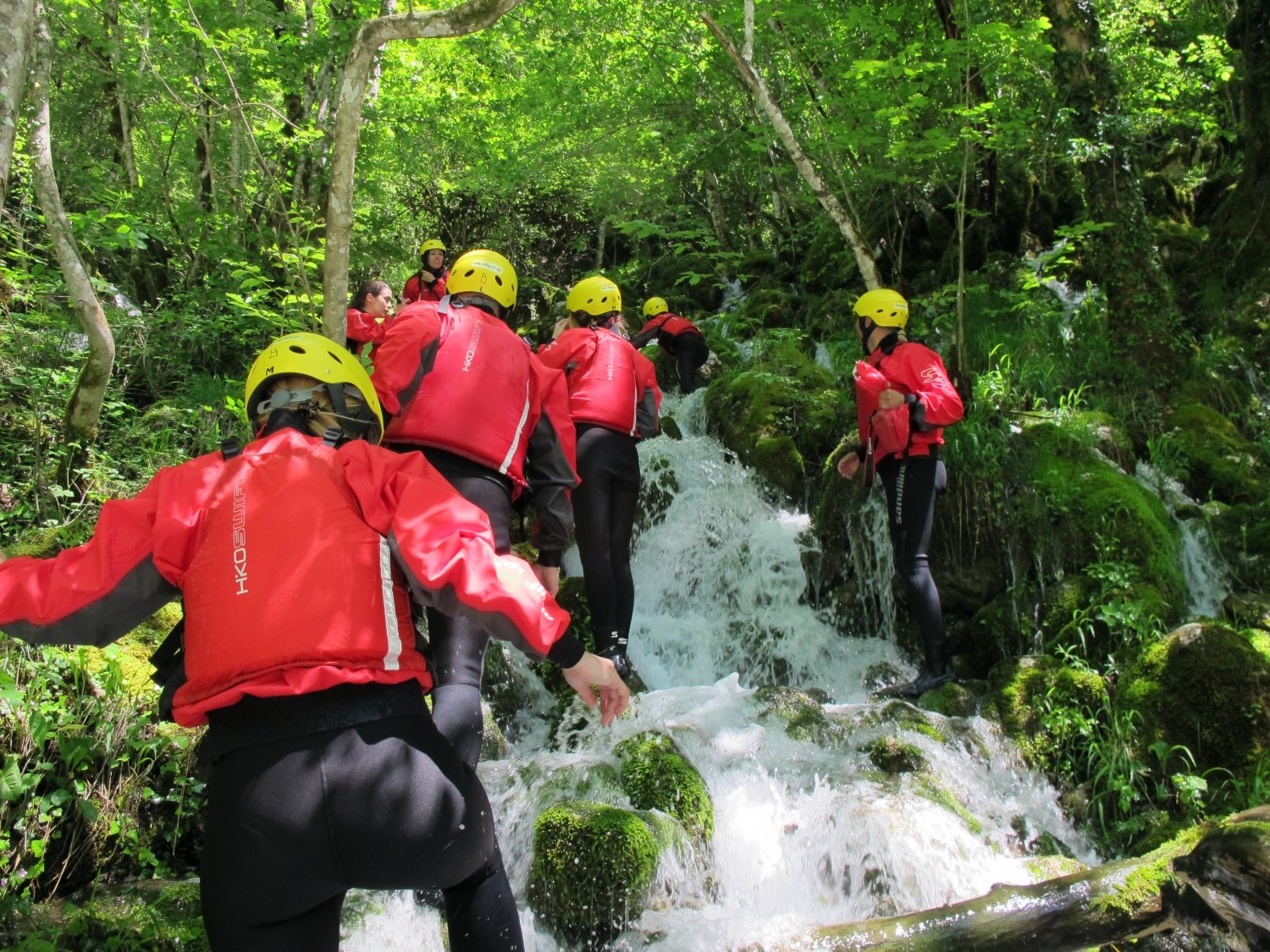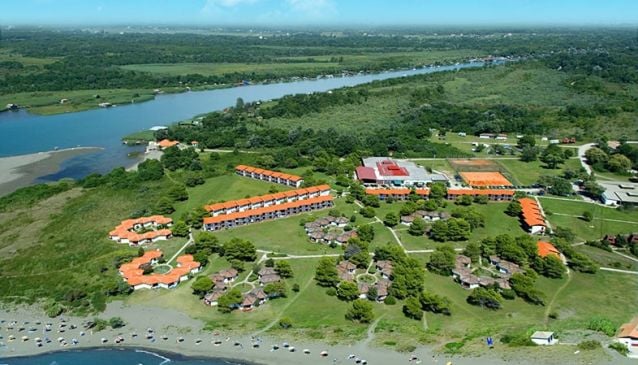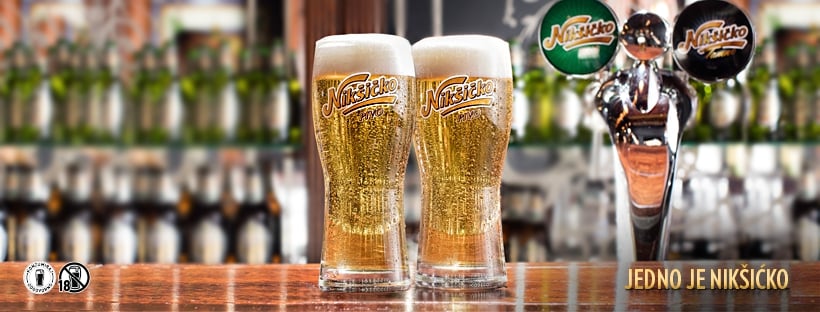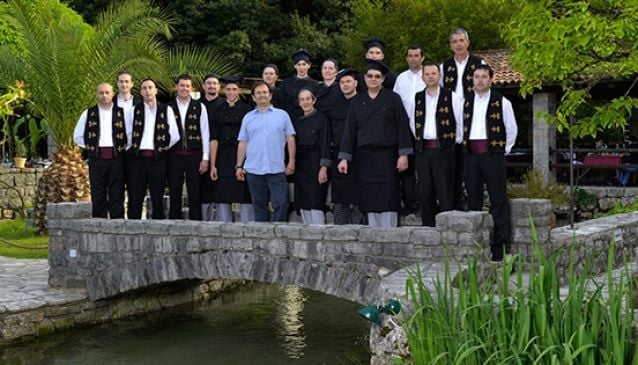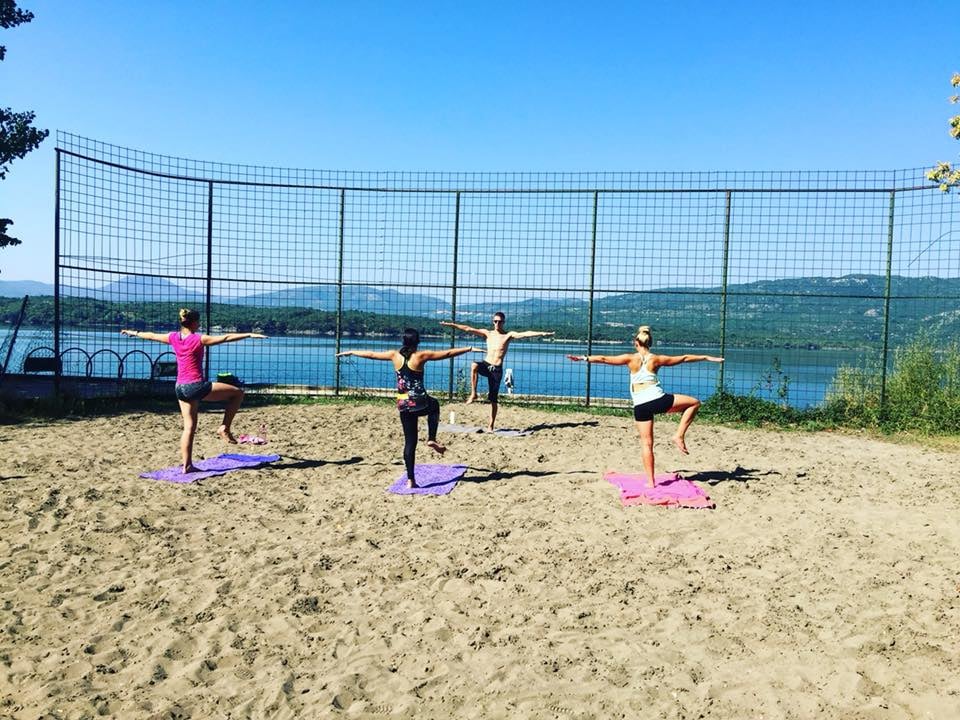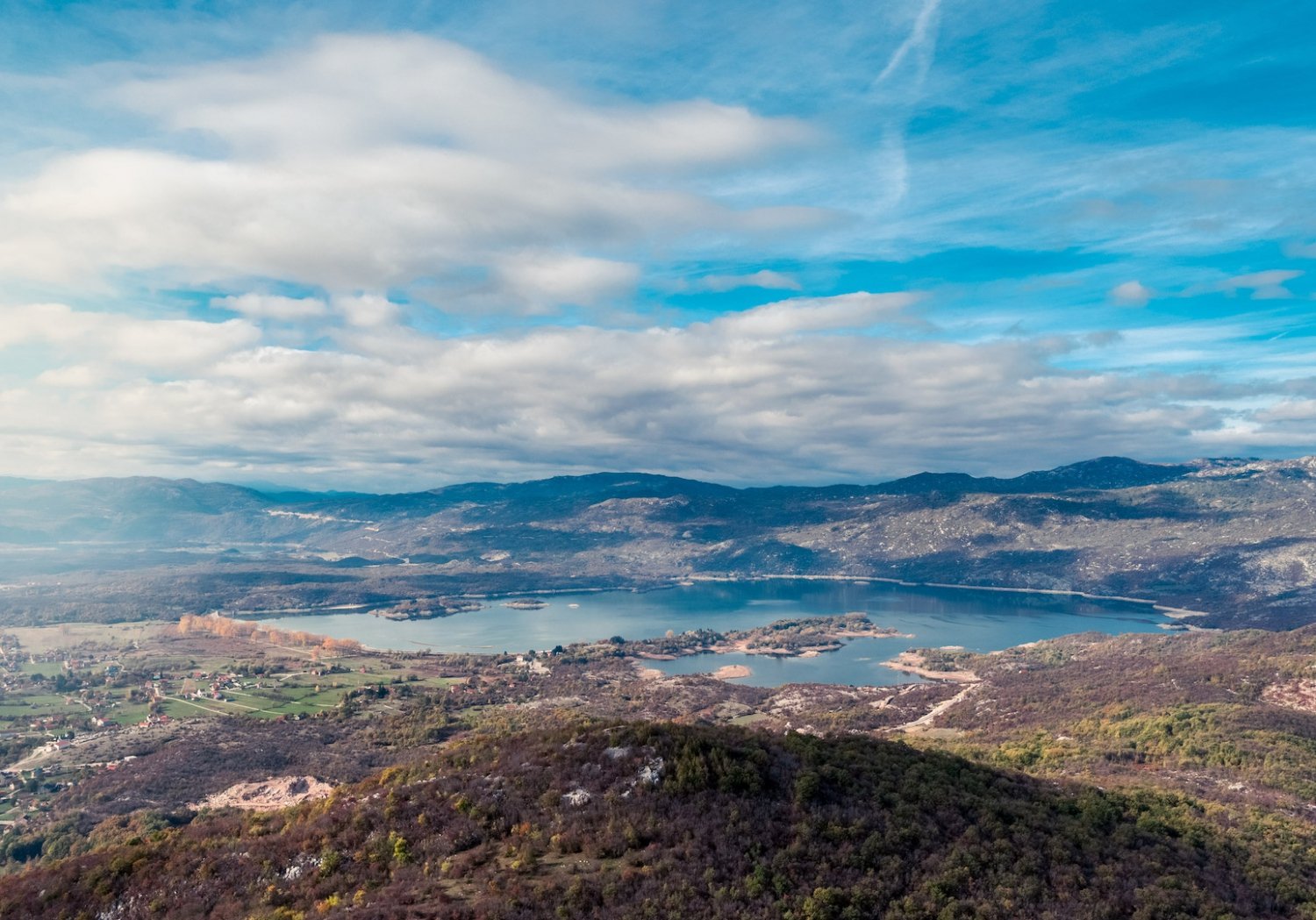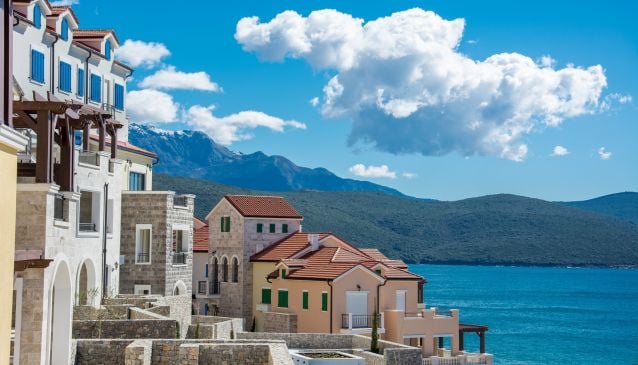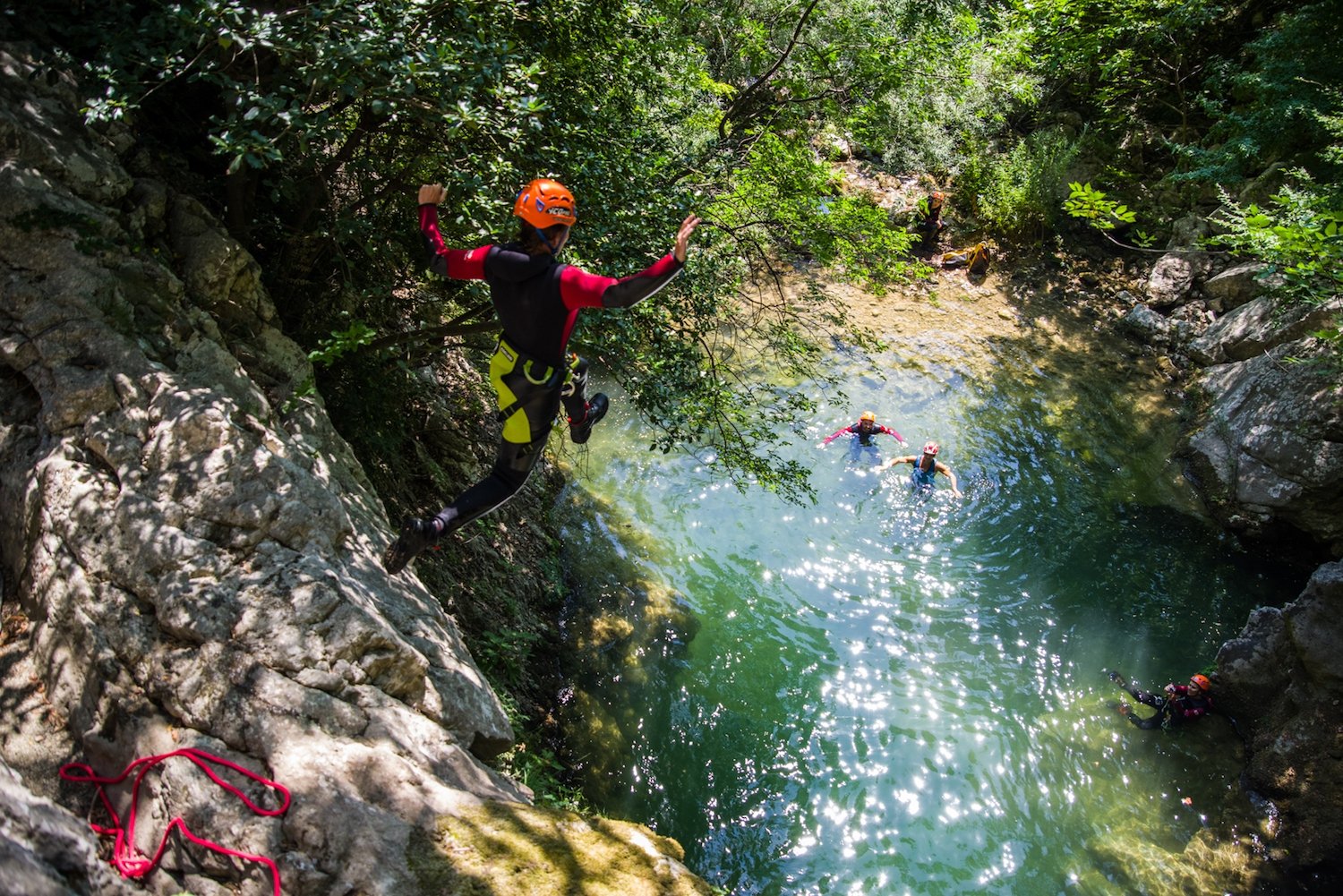The Earthquake in Kotor - 40th Anniversary
Book Top Experiences and Tours in Montenegro:
If youʻre booking your trip to Montenegro last minute, we have you covered. Below are some of the top tours and experiences!- Kotor: Blue Cave, Our Lady of the Rocks and Mamula Boat Tour
- From Dubrovnik: Montenegro Boat Tour from Perast to Kotor
- From Kotor, Budva, Tivat or Herceg Novi: Boka Bay Day Cruise
- Lake Skadar: Guided Sightseeing Boat Tour with Refreshments
- Montenegro: Full-Day Tour to Lovcen National Park & More
The epicentre was in the Adriatic Sea, between Ulcinj and Bar, and several towns were destroyed, namely Ulcinj, Bar, Petrovac, Budva, Tivat, Kotor, Risan, and Herceg Novi, as well as 250 villages. By the end of 1979, 90 strong earthquakes were recorded with Richter magnitude 4.0 or higher.
The consequences of the earthquake, which lasted only 10 seconds, were more than catastrophic. Approximately 100,000 people were left without a place to live, and named towns had most of the modern hotel facilities destroyed, with 53 health facilities, 570 social and child protection facilities, damaged.
 Photo by Boka News, Kotor 1979, April 15
Photo by Boka News, Kotor 1979, April 15 In the first hours after the earthquake, people helped each other on their own, and the collective action started after the Republican Civil Protection Staff organised the plan. The Federal Assembly passed the Law on the Reconstruction of the Montenegrin coastline, and all Yugoslav republics participated in restoration, and the help came from all over the world. The Yugoslav Government agreed to pay 82% of the total estimated cost of damaged cultural property, whereas the remaining 18% was to be paid by the local municipalities.
According to a 1984 UNESCO report, 'a total of 1,487 objects were damaged, nearly half of which consisted of households and another 40% of churches and other sacred properties. Only 30% of the 1,487 objects damaged were destroyed. Over 1,000 cultural monuments suffered, as well as thousands of works of art and valuable collections.'
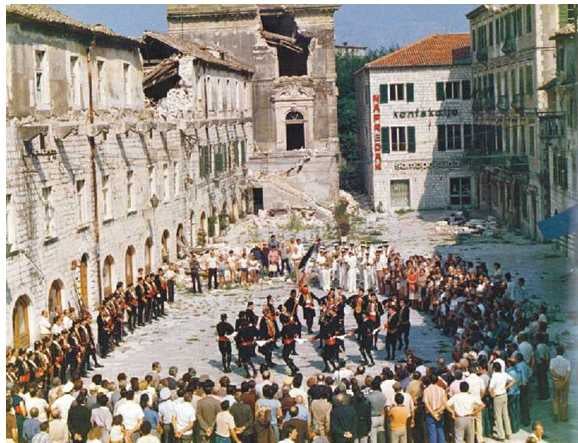 Photo by bokeljskamornarica.com, Boka Navy Kolo after the Earthquake
Photo by bokeljskamornarica.com, Boka Navy Kolo after the EarthquakeThe cities which suffered the most damage were old towns of Budva and Kotor, where the biggest amount of restoration was executed. In 1979, the World Heritage Committee of UNESCO decided to list the Natural and Cultural-historical Region of Kotor in the World Heritage List and the List of World Heritage in Danger. For the next 10 years, the Old Town of Kotor was closed to the public, due to the restoration.
And now...
This year, within Kotor Art Festival, special attention was given to the memory of the earthquake in Kotor through Don Branko’s Music Days, where Dušan Vuleković's author's film, was premiered. This documentary talks about the memory of the 1979 Kotor earthquake, and the reflections of the Boka Bay residents and their personal experiences of this tragic event. These people's experience leaves you with eyes full of tears when you try to imagine what they survived 40 years ago! Our warm recommendation is to take a look at this documentary and you can find it here.
Also, the importance of UNESCO presence for the renewal, development and preservation of the city and the Boka Bay in general, is talked about. Besides, the winning boat of the traditional Boka Night 2019, held at the foot of the walls of the Old Town of Kotor in front of thousands of visitors, is the '40 Years from the Earthquake' boat by Mijo Milovanović.
Marking the jubilee of this unfortunate event, people talked about the importance of preserving heritage and history for Montenegrin citizens. The Municipality of Kotor, the Public Institution 'Museums' Kotor and the Cultural Centre 'Nikola Ðurković' organised a full-day program to commemorate forty years since the earthquake on 15 April. Round table talks, exhibitions, and a program prepared by the Boka Navy and Montenegrin Cultural Heritage Management Board were part of the program organised that day.
Each day we hear a lot about similar events that destroy many beautiful spots on planet Earth! This is just the nature warning us that we should take care of it with more attention! We are extremely happy that we recovered Kotor together with our Yugoslav brothers, but this is a story that should remain as a memory until the end of time, so we can appreciate what we have even more!



